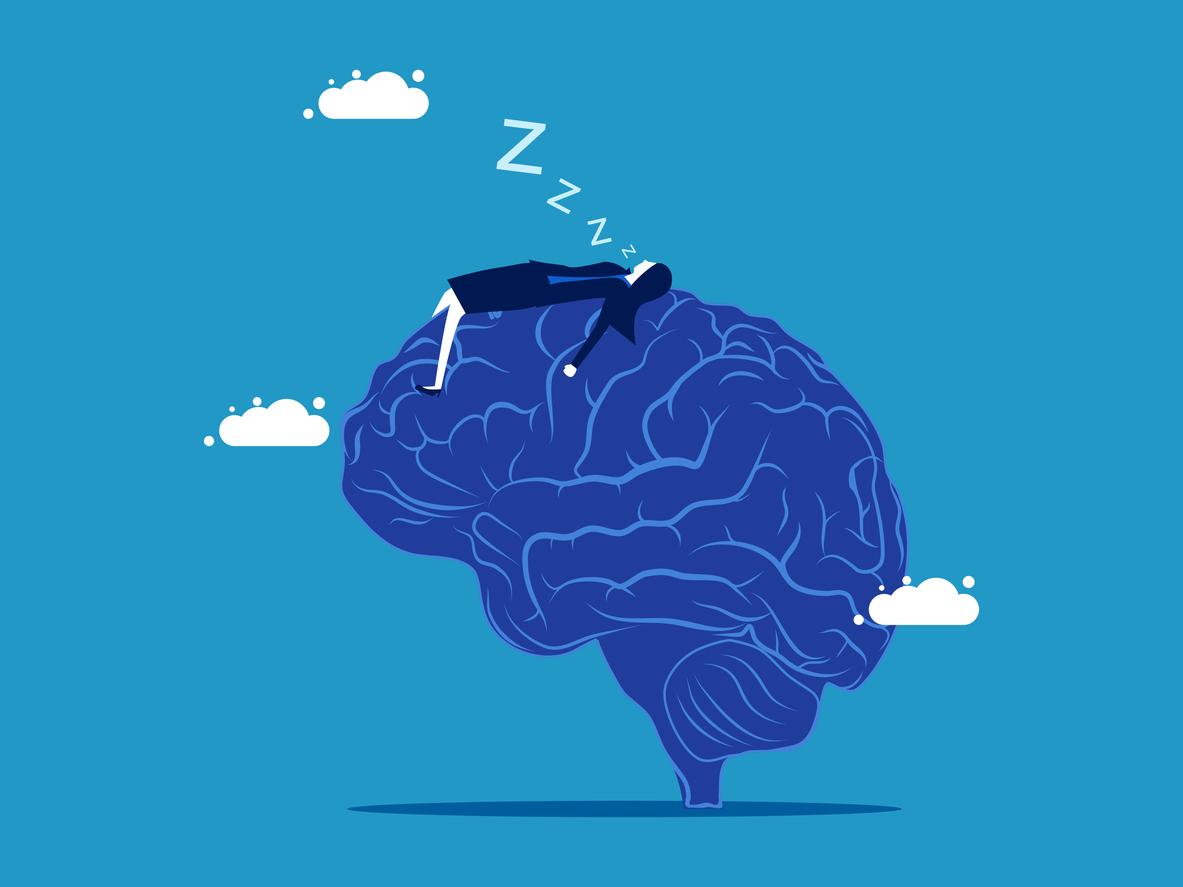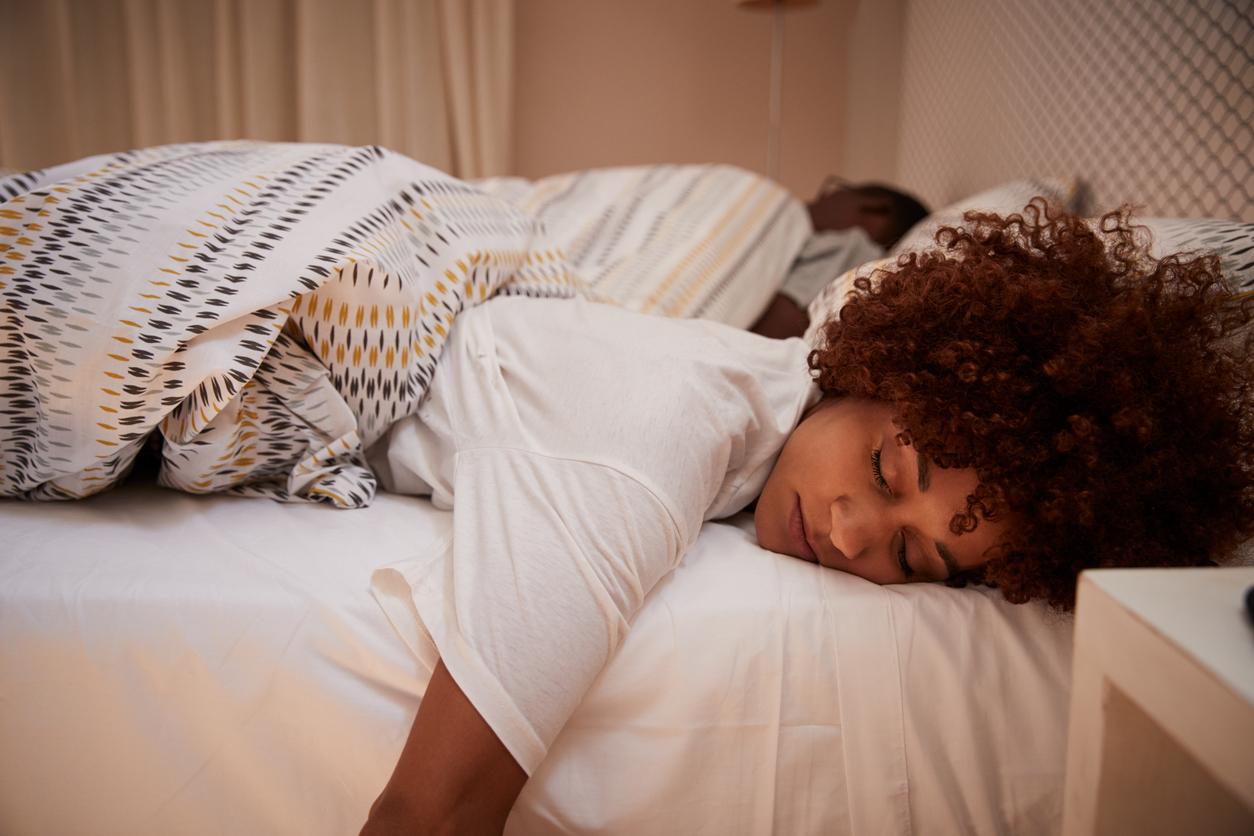Do you often wake up feeling like you can’t not having slept a night? What you sometimes judge as insomnia is linked in reality, not to too short a duration, but rather to a lack of sleepsaid “deep”. This phase is the key to restorative nights. People who suffer from sleep disorders – and who blame it in terms of fatigue and mood – would not actually get enough sleep.
To fully understand, it is necessary to dissect sleep.
When you fall asleep, you enter a phase of light sleep (stage 1 then stage 2) followed quickly by slow deep sleep (stages 3 and 4). This phase is characterized at the cerebral level by very slow electric waves. It is accompanied by different physiological signs: the body cools down, eye movements become scarce, muscles relax completely. Heart and respiratory rhythms slow down.
After about 90 minutes REM sleep appears. These different stages constitute the first cycle of sleep in a night which comprises on average 4 to 6 cycles, recalls the morphea lattice.
In summary, the first half of the night is normally made up of slow, deep sleep, while the second half is made up of alternating light sleep and REM sleep.
Deep sleep, a breath of fresh air for the brain and body
It is during this phase of deep sleep that the brain (which does not rest!) Takes the opportunity to go about its nightly occupations. Quick overview:
-During deep sleep, the brain restores and stores energy for the next day.
-The brain does “its emptying” in a way: the cerebrospinal fluid is responsible for evacuating metabolic waste from the brain.
-Memory consolidates: the hippocampus and the cortex communicate to ensure the sorting and storage of memories.
-Deep sleep also plays a role in growth. It promotes hormonal secretion, and especially in children, that of growth hormone. It is also during this deep sleep that glucose metabolism takes place, and therefore energy production.
-It is also during this phase of sleep that the body’s immune defenses are strengthened.
Deep sleep is therefore very important to prevent fatigue and avoid disturbances in the body. It is scientifically established, for example, that reduced amount of deep sleep increases the risk of diseases such as type 2 diabetes Where obesity.
If deep sleep decreases with age in favor of lighter sleep, there are gentle solutions to improve it and regain quality sleep, including relaxation, yoga, relaxation. Physical activity can also help you sleep more soundly.
Sophrology exercise for deep and restful sleep
Sophrology is part of the spectrum of anti-stress techniques that help. Here is an exercise to fall asleep peacefully proposed by sophrologist Véronique Carrette.
When thoughts are racing and falling asleep does not come, rather than brooding in bed, try this: After adjusting your sleeping position, focus on your breathing for a few moments. Close your eyes. Loosen your jaw, relax the shoulders, hands and thighs. Then imagine that your body becomes heavy, as if you could delicately sink yourself into the mattress … like in a cloud. And imagine yourself lying in a nice place. Contemplate the sky. Observe the clouds, blown by the wind. They march past you. Like his ideas … They pass. Without you trying to chase them away. They pass, as these clouds pass in the sky.
Sources: “My sophrologist tips and advice” by Véronique Carrette at Eyrolles editions.
Rhythm, a neurotechnology company founded by two polytechnics, behind the Dreem connected headband which improves restful sleep.
Read also: Sleep: foods to avoid for sleep
Sophrology: 4 exercises for better sleep

















